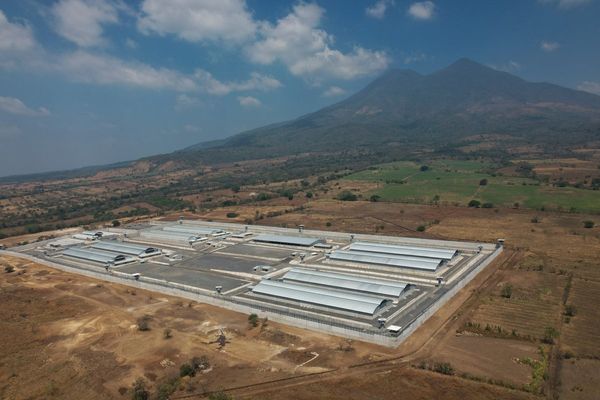
A new analysis from Yale's Budget Lab shows that the sweeping tariffs imposed by President Donald Trump in 2025 act as a highly regressive tax, hitting America's poorest households more than three times harder than the richest.
Tariffs Are ‘Anti-Robin Hood’
According to the Nov. 17 update released on Monday, tariffs implemented this year will reduce after-tax income for the bottom 10% of households by 2.45% in the short run.
By contrast, the top 10% of earners will see their after-tax income fall by only 0.77% — a burden roughly one-third as severe.
University of Michigan economist Justin Wolfers highlighted the findings on X, posting the Yale chart and writing: "Trump's tariffs are the most regressive tax in modern American history. The poorest tenth of Americans pay an effective tax rate more than triple that of the richest tenth."
Richer Households Lose Smaller Earnings Share Despite Higher Amount
The Budget Lab's modeling, built on the widely used GTAP framework, accounts for both higher consumer prices and behavioral substitution as households shift away from heavily taxed imports. Even after substitution, the regressive pattern holds firmly.
In dollar terms, the average household in the lowest decile faces a real income loss of $920 in 2025 dollars, while the average top-decile household loses $3,871 — a larger absolute amount but a far smaller share of income.
The disparity arises because lower-income families spend a larger portion of their budgets on tariff-exposed goods such as clothing, footwear, electronics, and vehicles — categories that have seen effective tariff rates soar to levels not experienced since the early 20th century.
Yale Study Shows Tariffs Have Jumped The Most Since 1930
Yale researchers estimate the overall average effective U.S. tariff rate has jumped to 16.8% (pre-substitution) from roughly 2.4% at the start of 2025, the highest since the 1930s.
Separate long-run estimates show a 0.31% reduction in U.S. GDP and the loss of hundreds of billions in potential dynamic revenue as economic activity contracts.
The report also includes a legal contingency scenario assuming partial invalidation of tariffs imposed under the International Emergency Economic Powers Act (IEEPA). Even in that case, the poorest households still face a tax burden 2.7 times higher than the richest.
S&P 500, Nasdaq Futures Decline
The futures of the S&P 500, Nasdaq 100, and Dow Jones indices were trading lower on Wednesday, after closing lower for the second consecutive day this week on Tuesday.
The SPDR S&P 500 ETF Trust (NYSE:SPY) and Invesco QQQ Trust ETF (NASDAQ:QQQ), which track the S&P 500 index and Nasdaq 100 index, respectively, closed lower on Monday. The SPY was down 0.84% at $660.08, while the QQQ declined 1.22% to $596.31, according to Benzinga Pro data.
Read Next:
Disclaimer: This content was partially produced with the help of AI tools and was reviewed and published by Benzinga editors.
Photo courtesy: Shutterstock/ IAB Studio







